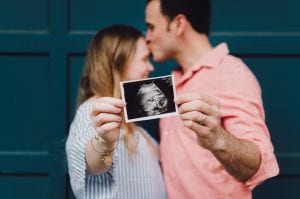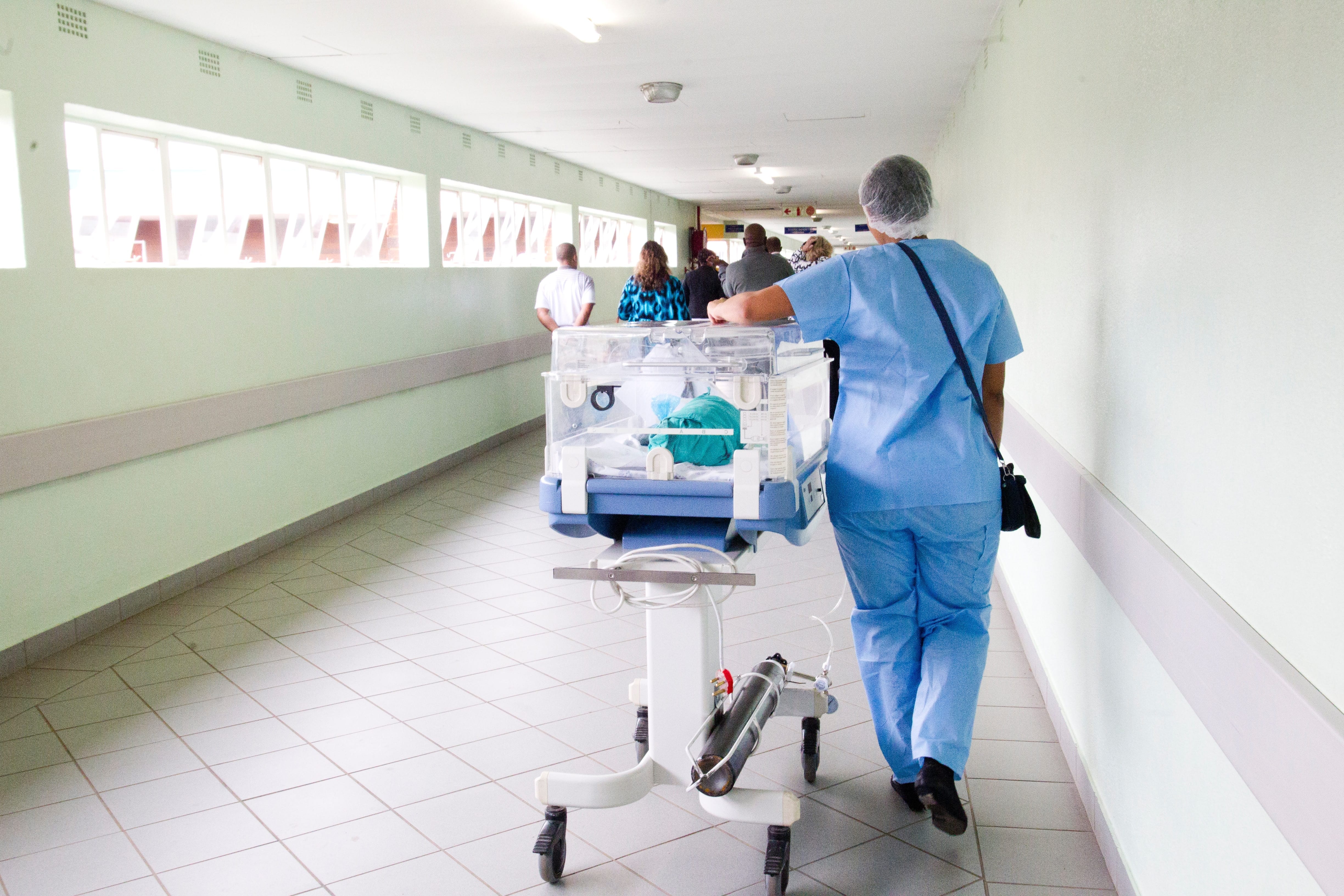While doctors have lowered the risk of IVF babies having cerebral palsy in the last 20 years, that doesn’t mean that they don’t have a risk of getting it.
Cerebral palsy, a lifelong physical disability, happens because of damage to a baby or young child’s developing brain. It often happens during birth, and once your child has it, you can’t cure it. Researchers have learned how babies born through IVF with cerebral palsy have decreased in the last 20 years by as much as 50 percent.
IVF births were done for couples who had trouble conceiving, but in the past IVF babies had a higher rate of cerebral palsy. Things look better than what they did before, however.
How Cerebral Palsy Happens
In cases with cerebral palsy, it usually happens either during birth or while in the womb. You may have a case for a lawsuit in situations where cerebral palsy occurred because the medical staff made a mistake or the doctor failed to diagnose and treat an infection with the mother. Many times, it happens when the child gets stuck during labor and delivery and doesn’t get enough oxygen to the brain.
Symptoms of Cerebral Palsy
The symptoms can range from moderate to severe, depending on each child. Some of the symptoms include:
- Can’t walk
- Can’t feed
- Cognitive dysfunction
- Vision loss
- Behavioral disabilities
Why Do IVF Babies Have a Higher Risk?
IVF babies have a higher risk of cerebral palsy, but researchers don’t understand the exact reasons behind the higher risk. The practice of transferring the embryo to the mother could be part of the reason for it.

In the past, when they would transfer multiple embryos to the mother, they found that this increased the risk of one of the children developing cerebral palsy. Learning from this research, doctors have begun to forego implanting mothers with multiple embryos. Without twins, the risk of cerebral palsy drops significantly.
Other Things to Understand with IVF Babies
IVF babies have a higher mortality rate in the first weeks of life over infants who are conceived naturally. Couples who have issues with fertility and choose the IVF route may wonder about the dangers to the mother. IVF babies may lower the risks in some areas and increase them in others.
Risk of Cerebral Palsy Still Exists
While doctors have lowered the risk of IVF babies having cerebral palsy in the last 20 years, that doesn’t mean that they don’t have a risk of getting it. IVF babies had a 2.8 times higher likelihood that they would get cerebral palsy over natural-born children. No one knows the reasons behind it. In the past, IVF children had an 8.5 times higher likelihood that they would have cerebral palsy over natural-born children.
Could the Underlying Cause of Infertility Play a Role?
Some doctors believe that the underlying causes of infertility could play some role in the cerebral palsy risk factors. The risk of an IVF baby developing cerebral palsy remains low, but it remains higher than with natural-born children. Taking this seriously could help to stop children from being born with a lifelong disability and astronomical medical costs.
Cerebral palsy can be an expensive condition. Your child may need to eat a ketogenic diet to lessen the symptoms of CP. The cost of medical care over the child’s lifetime can surpass $1 million. That doesn’t include their day-to-day living expenses. For that reason, you have to take this seriously.
Doctors don’t classify cerebral palsy as a learning disability, but you have cases where the child might have a learning disability. In addition to this, your child could have other conditions they are struggling with. Children with cerebral palsy don’t have a set life expectancy because of how this depends on the severity of the condition.


Join the conversation!